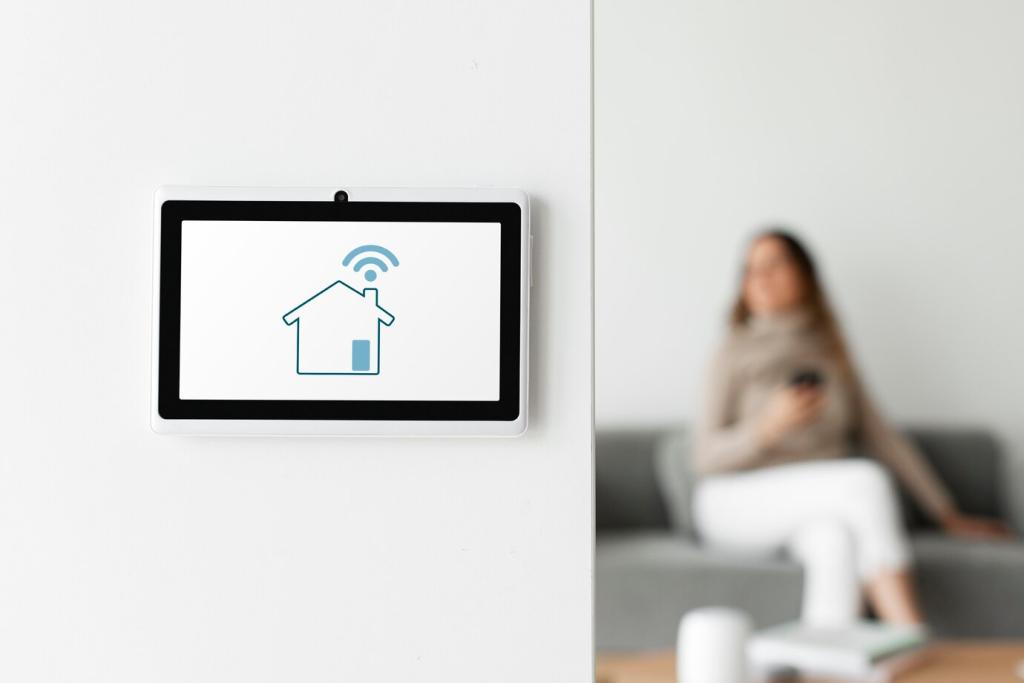Integrating IoT for Seamless Business Automation
Chosen theme: Integrating IoT for Seamless Business Automation. Explore how connected devices, edge intelligence, and real-time data choreography remove operational friction, anticipate issues before they happen, and free teams to focus on work that matters. Share your challenges, subscribe for field-tested insights, and help shape our next deep dive.


Define Outcomes Before Devices
Start with the result you want: shorter lead times, fewer defects, safer sites, or happier customers. Then choose sensors, gateways, and workflows that directly advance those outcomes, avoiding gadget sprawl and ensuring every datapoint fuels a measurable business improvement.

Map the Data Journey End-to-End
Sketch how data travels from machine sensors to edge inference, to orchestration, and finally to human decisions. This blueprint reveals bottlenecks, handoffs, and moments where automation can translate insight into action without disrupting frontline momentum.

A Night-Shift Alert That Changed Everything
A packaging plant wired vibration sensors to motors, triggering an automated slowdown when anomalies spiked. One midnight alert prevented a catastrophic jam, saving hours of downtime and overtime costs, and convincing skeptics that intelligent automation could quietly protect productivity.
Edge, Cloud, and the Orchestration Layer
Latency matters when safety, quality, or throughput are on the line. Run anomaly detection, closed-loop control, and buffering locally so machines respond in milliseconds, even if connectivity hiccups, and synchronize summaries to the cloud for broader learning.
Use cloud platforms to retrain models, run fleet-wide analytics, and orchestrate updates across sites. Elastic resources allow you to experiment safely, validate new automations, and propagate best-performing patterns without pausing production.
Middleware and event buses translate device events into business workflows, bridging PLC logic with ERP, MES, and service tools. When an event fires, downstream systems know exactly what to do, who to notify, and how to log the outcome for continuous improvement.



Security, Governance, and Trust by Design
Authenticate every device, encrypt data in motion and at rest, and segment networks so a single compromised node cannot cascade. Clear identity and least-privilege access stop small issues from becoming systemic, preserving continuity and confidence.
Security, Governance, and Trust by Design
Plan for onboarding, patching, certificate rotation, and secure decommissioning before deployment day. Automated firmware updates and fleet monitoring reduce exposure windows while keeping devices aligned with evolving policies and regulatory expectations.

Choose Open Protocols Early
Favor MQTT, OPC UA, and RESTful APIs where possible. Openness widens your vendor choices, simplifies troubleshooting, and accelerates onboarding of new lines, sites, and partners without entangling you in proprietary lock-ins.

Digital Twins Create a Common Vocabulary
A well-structured digital twin standardizes how assets, states, and events are described. With shared semantics, analytics and automation rules port smoothly across locations, shortening the path from prototype to global rollout.

Test Interop in a Safe Sandbox
Set up a virtual line with emulated sensors and controllers to validate event schemas, QoS settings, and failure modes. This playground helps teams discover mismatches early, reducing commissioning time and finger-pointing on go-live day.
People, Process, and Change Management
Hands-on training demystifies dashboards, alerts, and models. When technicians understand signals and thresholds, they can tune automations, spot edge cases, and keep improvements grounded in the realities of the production floor.
People, Process, and Change Management
Turn alarms into meaningful nudges with clear thresholds, suggested actions, and escalation paths. Fewer, richer alerts reduce fatigue, building trust that the system’s voice is timely, relevant, and worth heeding during busy shifts.


Measuring ROI and Scaling With Confidence
Track What Matters, Not Everything
Measure downtime, yield, energy intensity, and maintenance intervals. Studies show predictive maintenance can reduce unplanned downtime by up to 30%, but only when metrics are trusted, visible, and tied to specific automated interventions.
Pilot-to-Platform, Not Pilot-to-Nowhere
Frame pilots as stepping stones with explicit exit criteria, governance, and playbooks. When results clear the bar, promote them to standardized templates so new sites inherit hard-won lessons without repeating early missteps.
Join the Conversation and Share Wins
Comment with a bottleneck you want to automate, and subscribe for case studies and templates. Your stories help refine our guidance and inspire peers to build systems that are resilient, efficient, and surprisingly human.
